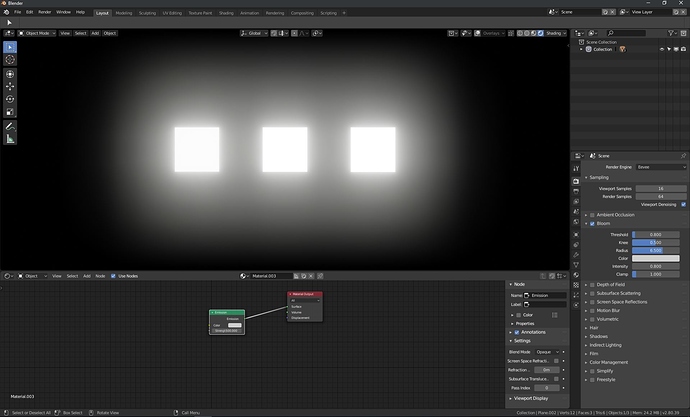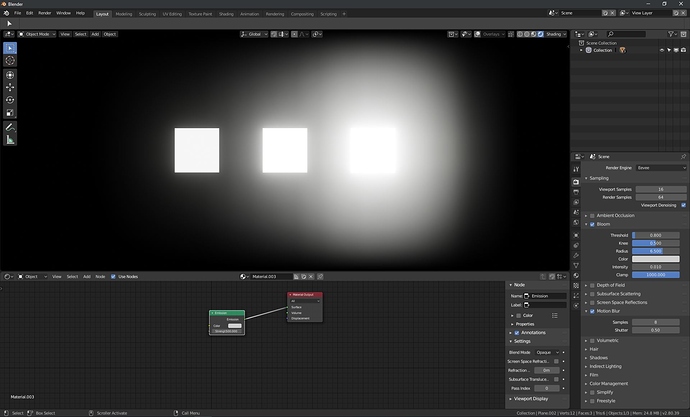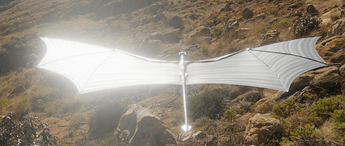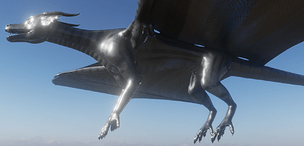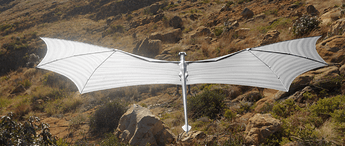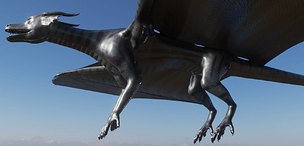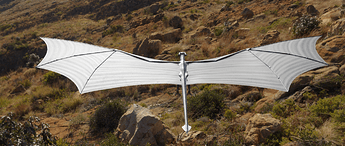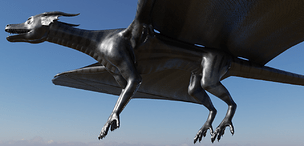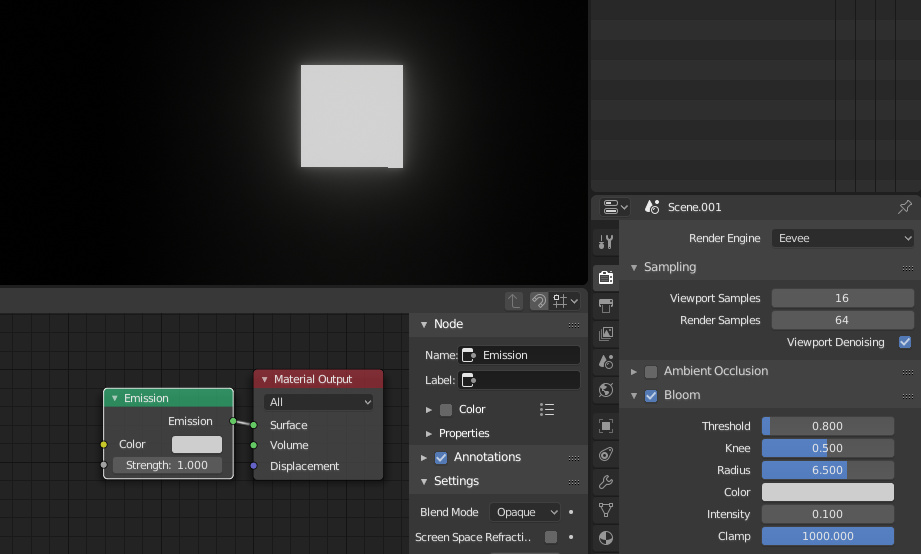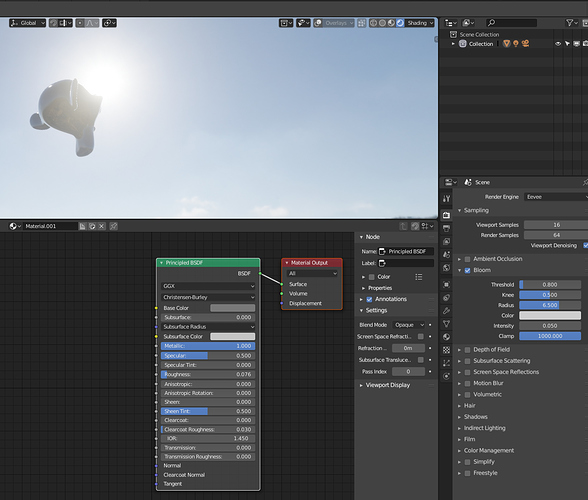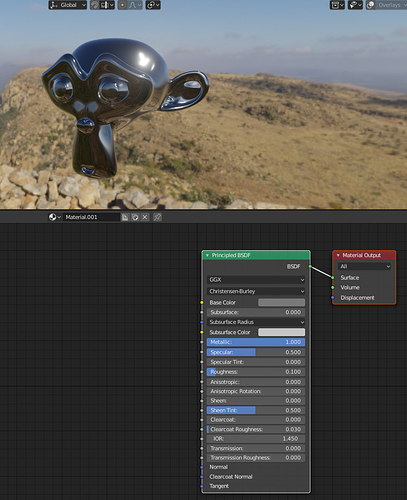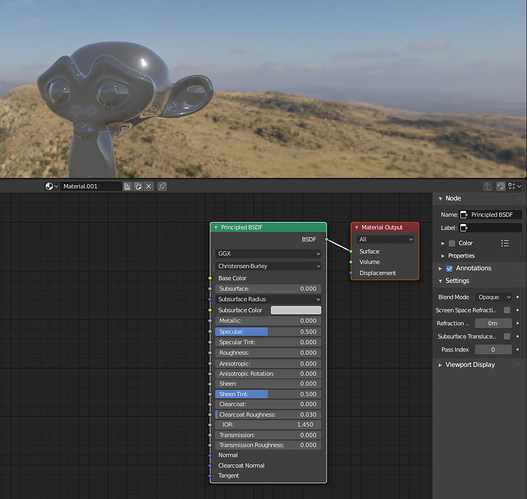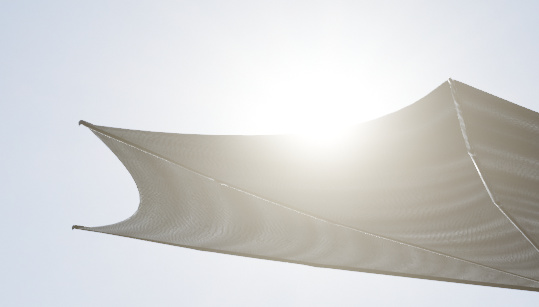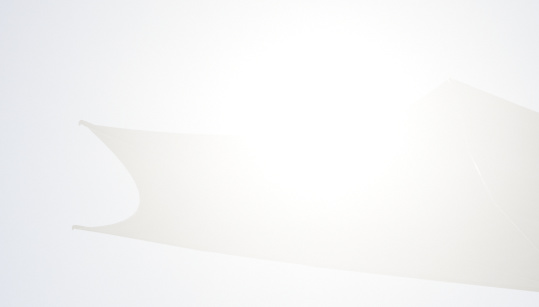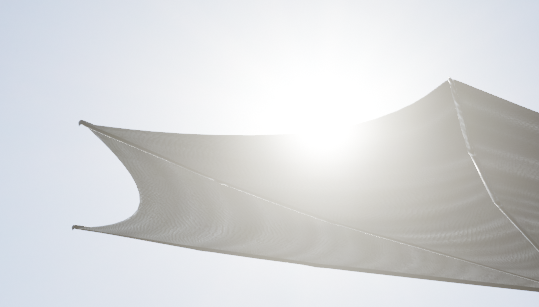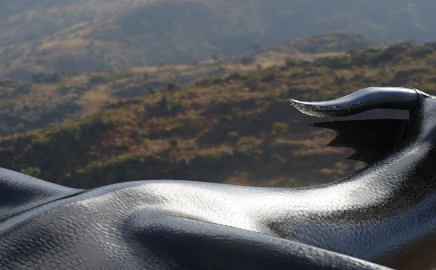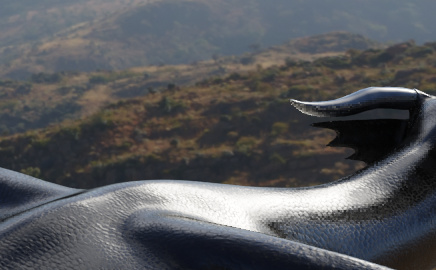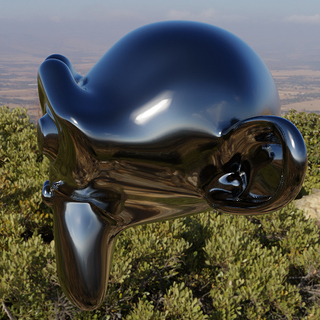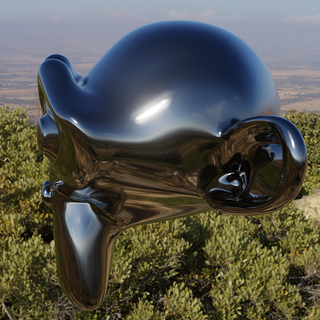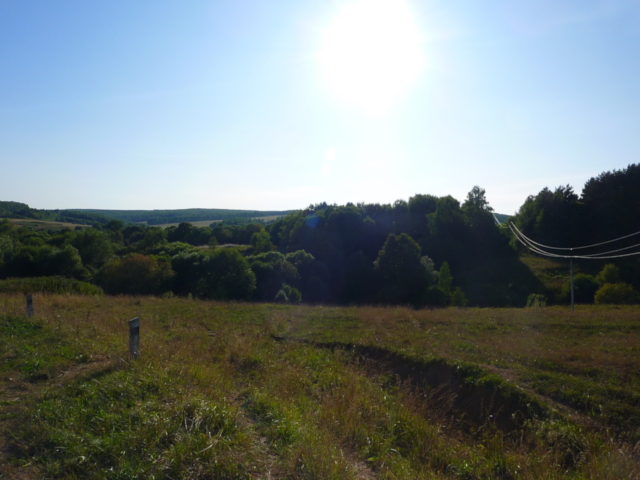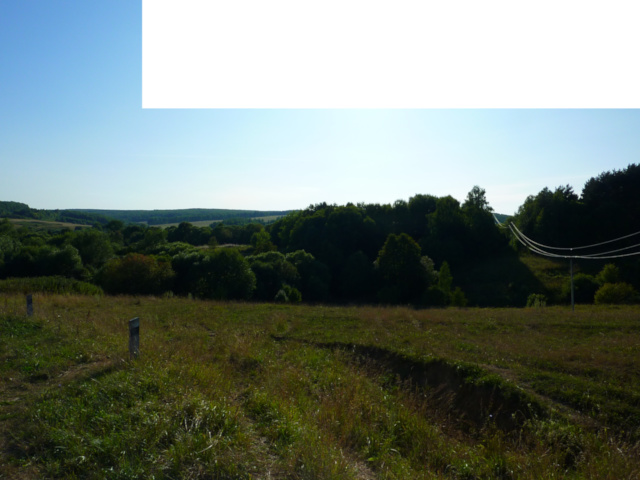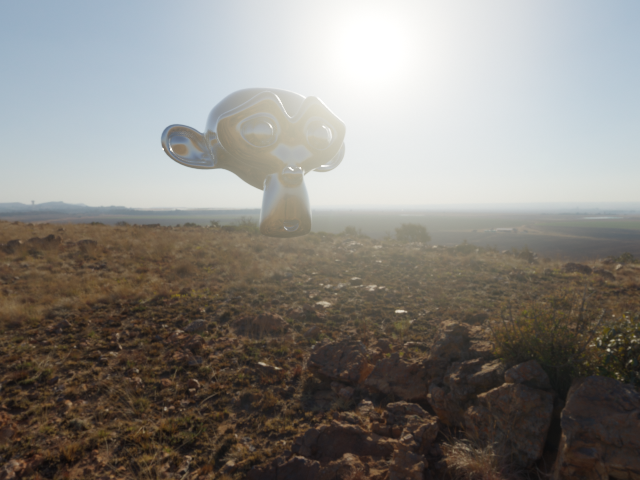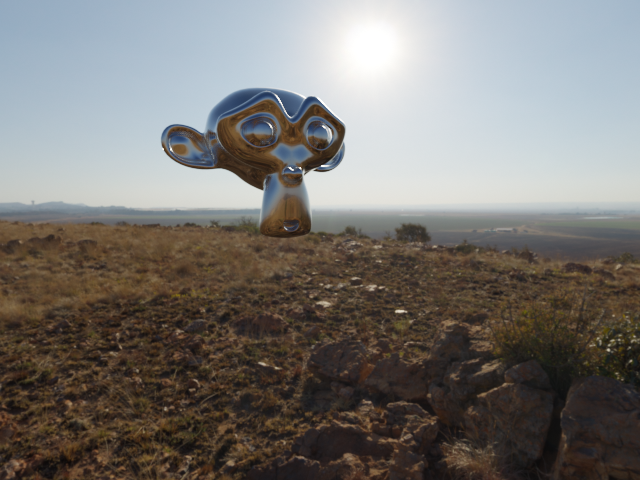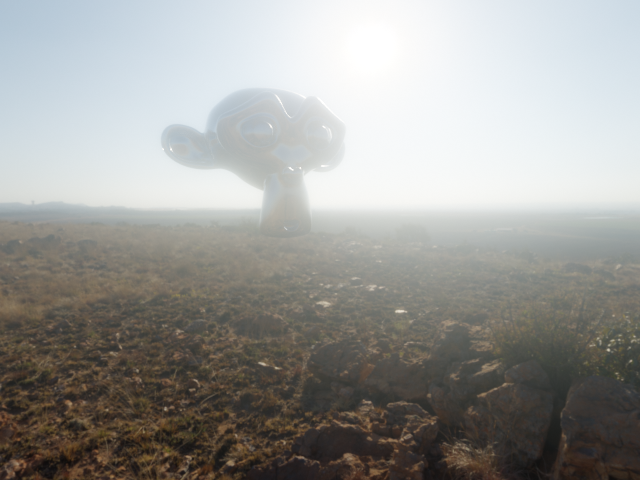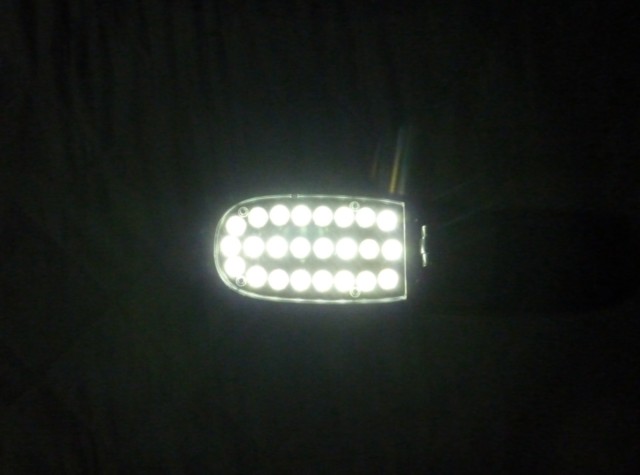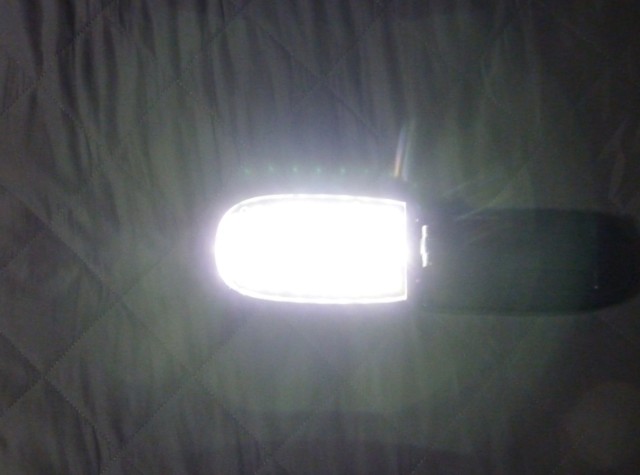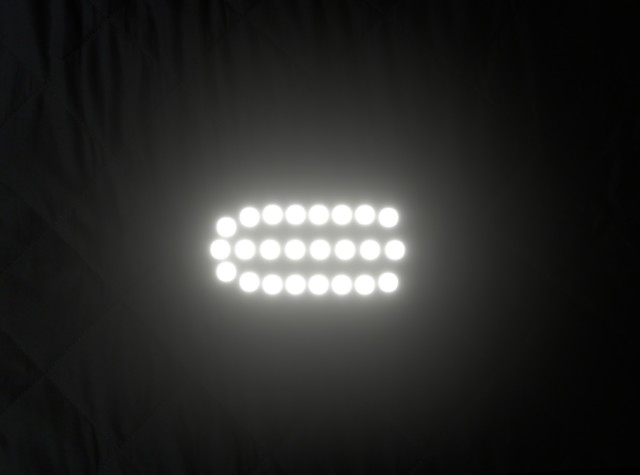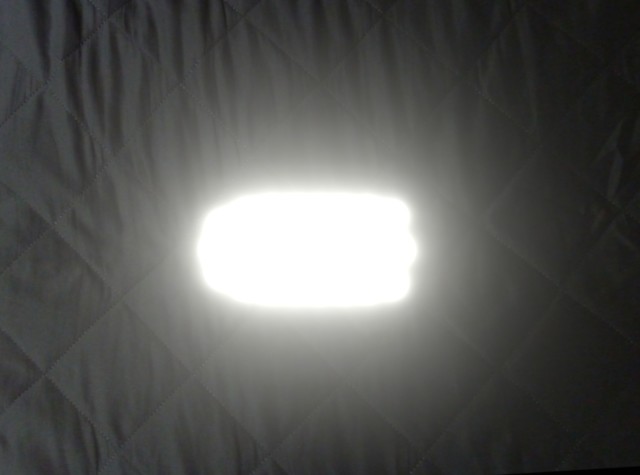Hi,
recently, I’ve been finding it concerning that one can typically easily spot Eevee renders by a specific, fake looking glowy look. I think for the most part, this is caused by Eevee defaults, which on some places, are quite far from physically based rendering. Since majority of Blender userbase are inexperienced users, most of them will have no idea that the default values are wrong, and will falsely trust them under impression that person who has set them up probably knew what he was doing. Users should be encouraged and aided to achieve good looking result by being provided by good looking defaults.
The biggest sin in this case are the glow defaults. They are set up in a way which makes everything glow, regardless of actual light source intensity. This has significantly negative impact on the resulting photorealism.
Here is a screenshot of 3 emissive planes with intensities of 5, 50 and 500 respectively using default glow values:
It’s pretty obvious something is very wrong there. You certainly don’t want 12 stops bright sun disc on HDRI map to create equal amount of glow as a turned on laptop screen.
Now, this is the very same scene with as close to proper values as I could get:
This is how it actually should look like. Since Eevee is at least somewhat PBR based, there should be clear relation between glow amount and light source intensity.
Therefore, I propose new, proper defaults changes for glow:
- Intensity of 0.01 (could be internally scaled to be presented as default value of 1.0)
- Disabled clamping. Right now, clamp value of 0 does not disable clamping. It should.
Another sinner is Motion Blur shutter value, defaulting to 1.0, which is known as shutter crime, making images appear like smeary dream. It should never ever be used. If Eevee shutter value has parity with Cycles, then 0.5 is the proper value, which is default for most of the cameras.
I am sure there are a few mores, but these are the worst offenders which should be adressed ASAP so that they don’t keep damaging users’ quality of artwork.
Furthermore, would it be possible to give glow inverse square falloff. The currently present one appears quite linear.
